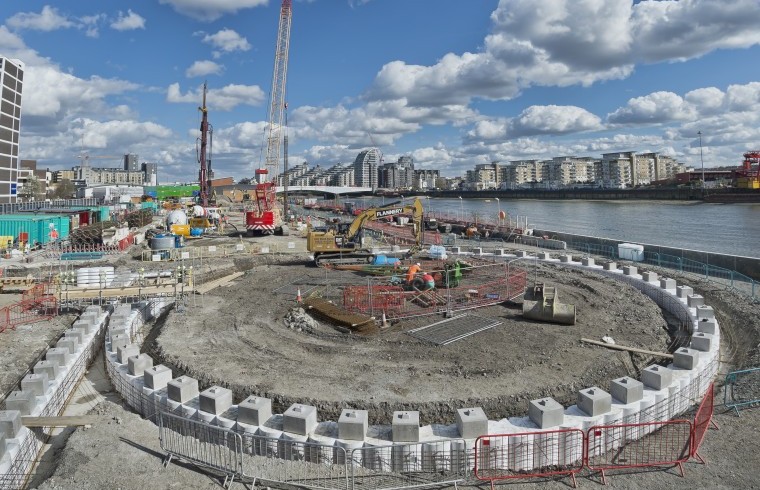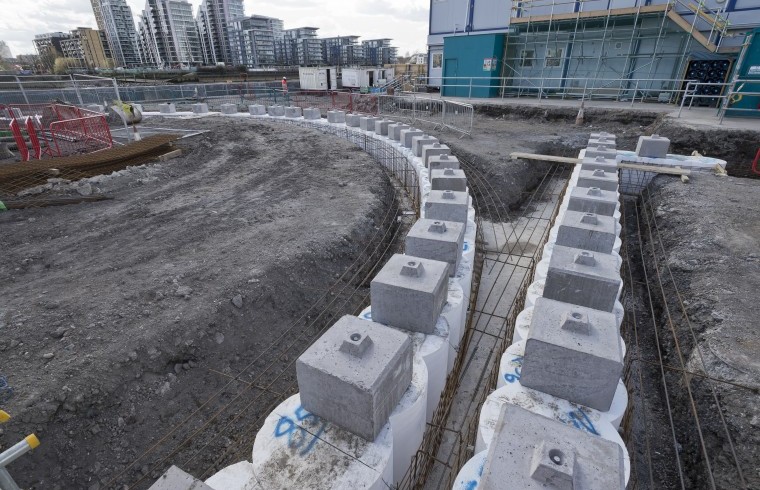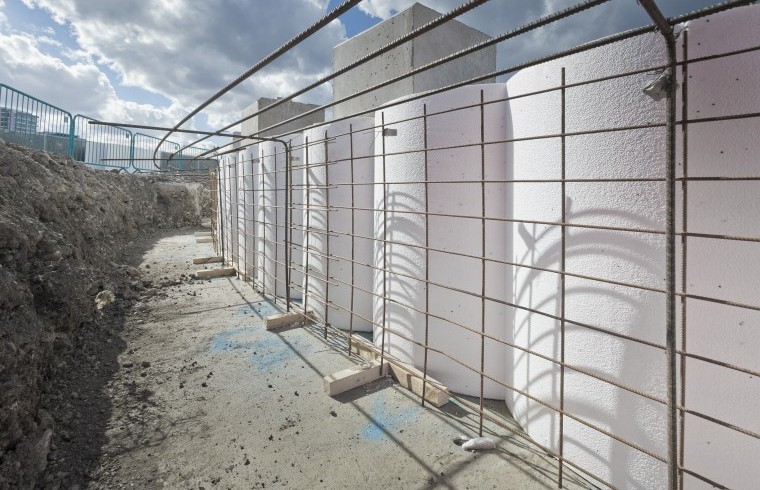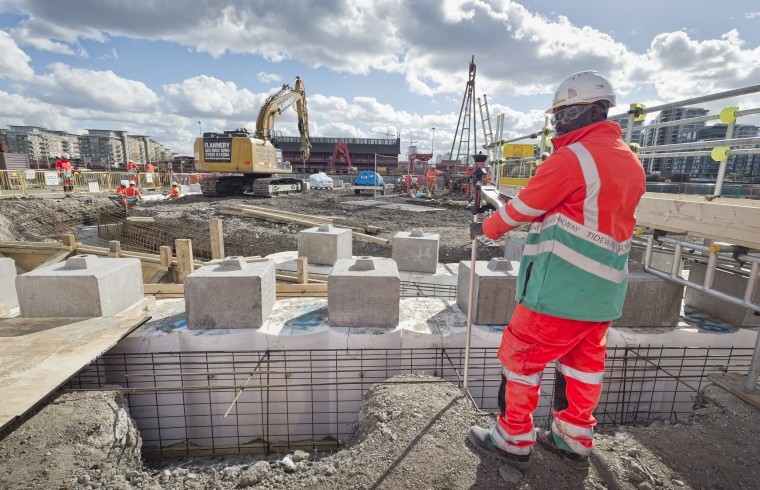Thames Tideway Tunnel - Carnwath Road Riverside








Engineer: BAM Nuttall, Morgan Sindall and Balfour Beatty Joint Venture
Contractor: BAM Nuttall, Morgan Sindall and Balfour Beatty Joint Venture
Market Sector: Piling Products
Product: Sacrificial Guide Wall Formers
The Thames Tideway Tunnel is a major new sewer across London, set to prevent the tidal River Thames from being polluted with untreated sewage. Cordek were asked to supply the two guide wall formers required to locate the piles that form the shaft and aeration chamber at one of the main drive sites.
Project Scope
The Carnwath Road Riverside site is the main drive for the west section of the main tunnel being delivered by the BAM Nuttall, Morgan Sindall and Balfour Beatty Joint Venture. It is from here that the tunnel boring machine named Rachel that will drive 7km to Acton will be lowered. Interlocking, bored piles will run 30 metres into the ground to retain the vertical walls of the shaft. To help determine the layouts of both the circular shaft and the rectangular aeration chamber, shallow guide walls were built, positioned to locatethe piles to tight tolerances.
The Solution
Cordek supplied Sacrificial Guide Wall Formers which were used to accurately form an in-situ concrete guide wall, which was critical in the positioning and alignment of the piles in the secant piled walls. Manufactured from Filcor Expanded Polystyrene (EPS), the formers were designed for a single use, allowing construction of guide walls with an internal ‘scallop’ shaped design which the piling rig could auger directly through.
The Process
The original drawings sent over to our Project Design Team by the BAM Nuttall, Morgan Sindall and Balfour Beatty Joint Venture consisted of two separate areas that required the guide wall formers - a circular section to create the shaft and a rectangular section for the aeration chamber. Our Project Design Team used this information to produce drawings that detailed the size, shape and position of each former. After approval of the layout drawing from the contractor, the formers were CNC cut from a solid block of Filcor EPS. Due to the relatively light nature of the material, the individual units manufactured could be manually handled for a quick and easy installation in accordance with the approved layout drawing.
Summary
The lightweight, bespoke formers helped simplify the process of accurately positioning the piles required for critical sections of this major infrastructure project.
 Download Case Study PDF
Download Case Study PDF